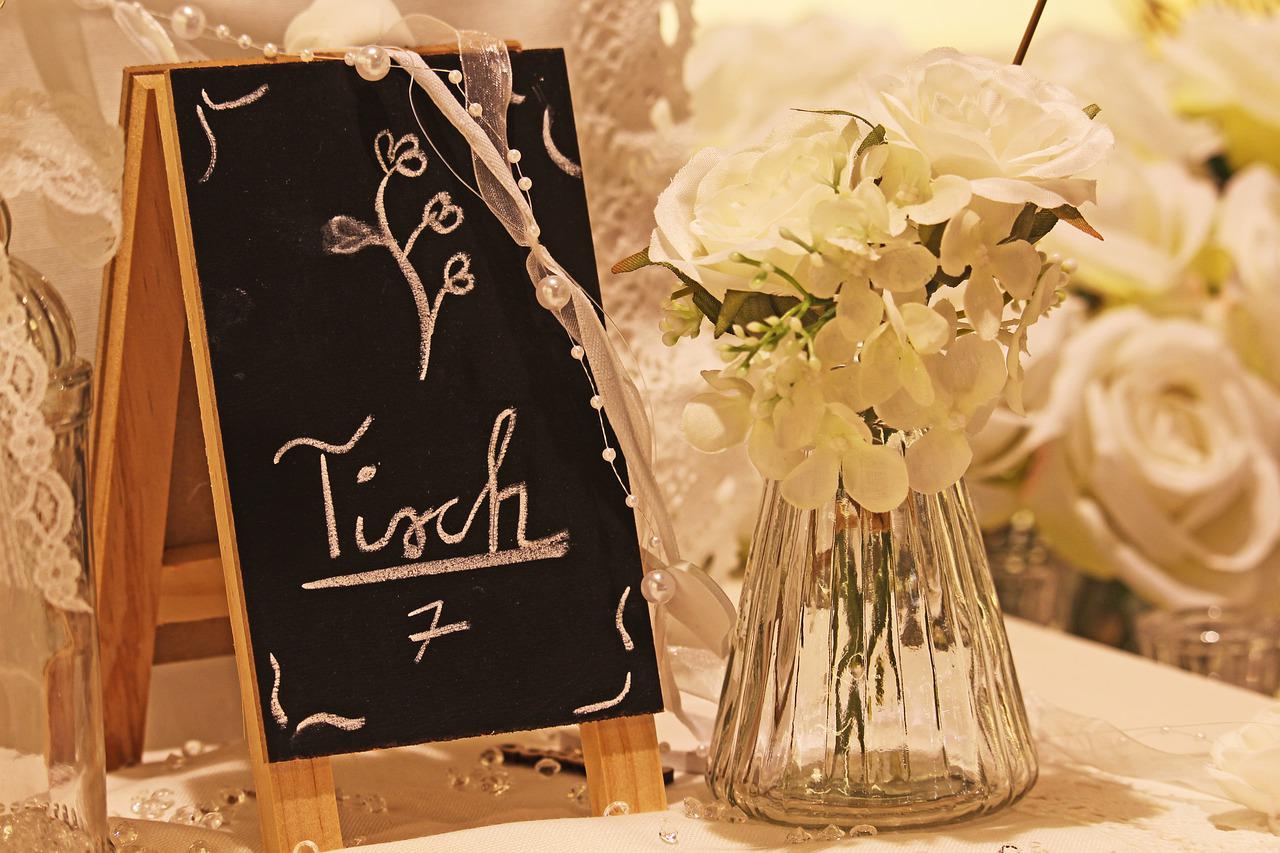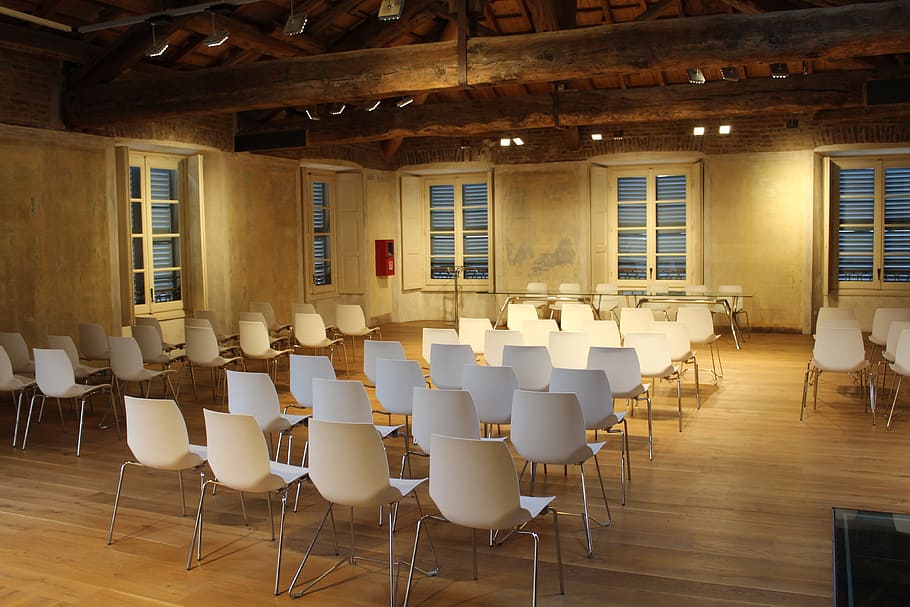Planning a memorable event involves an intricate dance of details, each contributing to the symphony of elegance. Among these details, the often-overlooked place card holds the potential to transform a table into a curated canvas. In this comprehensive guide, we’ll unravel the art of designing stunning place cards, offering insights into the meticulous craftsmanship that elevates your event from ordinary to extraordinary.
Setting the Stage: Understanding the Importance of Place Cards
Beyond Functionality: Aesthetic Appeal Matters
While the primary function of place cards is to direct guests to their seats, their aesthetic appeal should not be underestimated. Expert event planners recognize that well-designed place cards add a touch of elegance and refinement to the overall setting, setting the stage for a memorable experience.
Personalized Touch: Making Guests Feel Special
Crafting individual place cards allows for a personalized touch that makes each guest feel valued. The effort put into designing these small details reflects the host’s commitment to creating a welcoming and intimate atmosphere. Guests are more likely to appreciate the thoughtful gesture, making the event more memorable.
Unveiling Expert Techniques: Tips for Designing Stunning Place Cards
Choosing the Right Materials
Crafting elegance starts with selecting the right materials. Opt for high-quality cardstock or specialty paper that complements the theme and colour scheme of your event. The texture and weight of the paper contribute to the overall tactile experience, enhancing the perceived value of the place cards.
Typography Mastery: Selecting Fonts for Impact

Typography plays a pivotal role in designing visually appealing place cards. Opt for clear, readable fonts that align with the event’s theme and formality. Consider script fonts for a touch of sophistication or bold sans-serif fonts for a modern and sleek look. Experiment with font sizes and styles to find the perfect balance.
Creative Dimensions: Exploring Shapes and Sizes
Move beyond traditional rectangular place cards and explore creative dimensions. Die-cut place cards in unique shapes or experiment with folded designs for added visual interest. The dimensions of your place cards contribute to the overall aesthetics of the table setting, creating a visually pleasing arrangement.
Color Harmony: Creating a Visual Feast
Harmonizing colours is a key aspect of designing stunning place cards. Expert event planners advise selecting colours that complement the overall event palette. Consider incorporating metallic accents for a touch of luxury or opting for contrasting hues to create a vibrant and eye-catching display.
Embellishments and Accents: Adding a Luxurious Flair
Elevate your place cards with subtle embellishments and accents. Delicate ribbons, metallic foiling, or embossed details add a luxurious flair without overpowering the design. Expertly placed accents contribute to the overall sophistication of the place cards, making them stand out as miniature works of art.
Event Elegance Unveiled: The Continuous Pursuit of Refinement
Crafting elegance through expertly designed place cards is a continuous pursuit of refinement. The interplay of materials, typography, dimensions, colours, and embellishments creates a harmonious symphony that enhances the overall aesthetic of your event.
Final Flourish: Crafting a Conclusion Worthy of Elegance
Leaving a Lasting Impression
As you embark on crafting stunning place cards for your event, remember that every detail contributes to the overall impression. The elegance encapsulated in these small markers sets the tone for the entire gathering, leaving a lasting imprint on your guests’ experience.
Hope you’ve found these expert tips on designing place cards helpful and enjoyable. Feel free to share your thoughts, experiences, or additional tips in the comments below. Your insights may inspire others seeking to add a touch of sophistication to their events.




